To Study & Verify Half and Full Subtractor
Introduction
Subtractor circuits take two binary numbers as input and subtract one binary number input from the other binary number input. Similar to adders, it gives out two outputs, difference and borrow (carry-in the case of Adder). There are two types of subtractors.
- Half Subtractor
- Full Subtractor
1) Half Subtractor
The half-subtractor is a combinational circuit which is used to perform subtraction of two bits. It has two inputs, A (minuend) and B (subtrahend) and two outputs Difference and Borrow. The logic symbol and truth table are shown below.
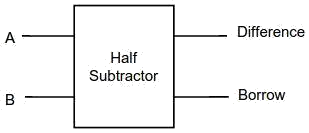
Figure-1:Logic Symbol of Half subtractor
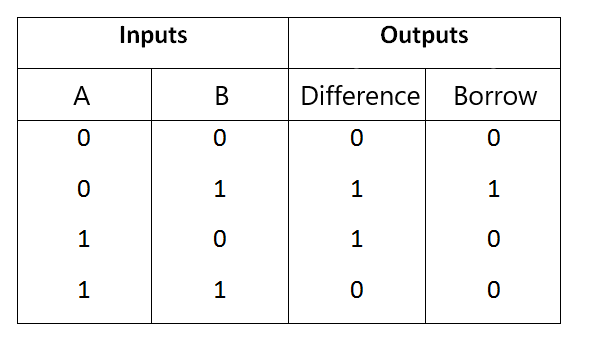
Figure-2:Truth Table of Half subtractor
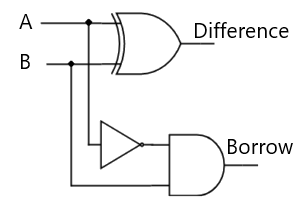
Figure-3:Circuit Diagram of Half subtractor
Borrow = A' B
From the equation we can draw the half-subtractor circuit as shown in the figure 3.
2) Full Subtractor
A full subtractor is a combinational circuit that performs subtraction involving three bits, namely A (minuend), B (subtrahend), and Bin (borrow-in) . It accepts three inputs: A (minuend), B (subtrahend) and a Bin (borrow bit) and it produces two outputs: D (difference) and Bout (borrow out). The logic symbol and truth table are shown below.
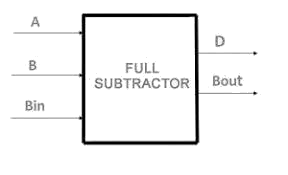
Figure-4:Logic Symbol of Full subtractor
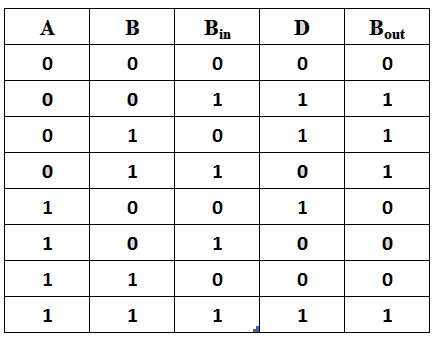
Figure-5:Truth Table of Full subtractor
From the above truth table we can find the boolean expression.
Bout = A' Bin + A' B + B Bin
From the equation we can draw the Full-subtractor circuit as shown in the figure 6.
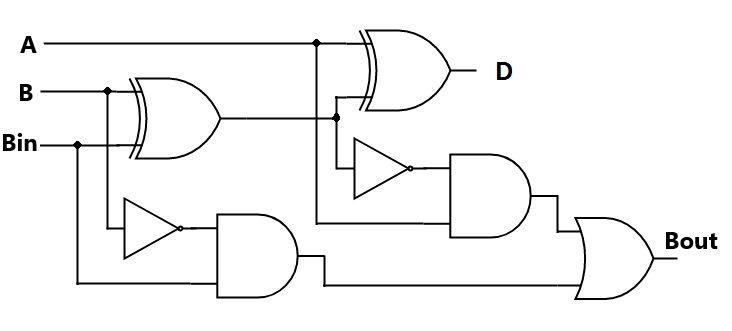
Figure-6:Circuit Diagram of Full subtractor